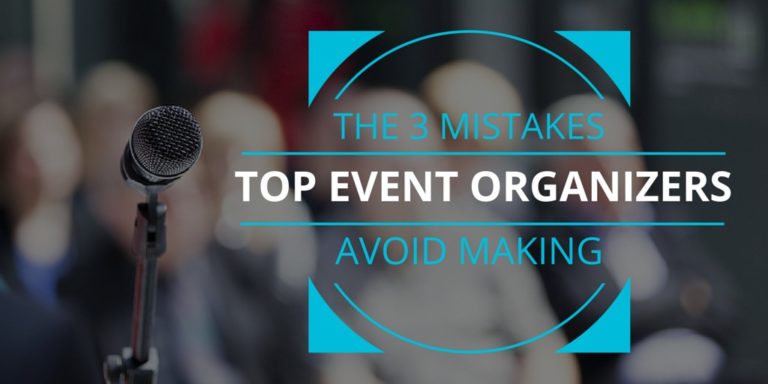Tragedies have a way of mobilizing people into action, and thanks to technology it’s never been easier to ‘click’ to make a difference. Unfortunately, that also makes it easy for scammers to prey on people’s good intentions and take advantage. So, how can nonprofits let the public know they’re legit and get much needed aid where it’s supposed to go? Here are three guidelines to keep in mind:
- Have a Plan
Obviously, no one can predict a tragedy, but you can have a plan of action ready to implement as events unfold, which should include a realistic timeframe for both fundraising and dispersing funds. The turnaround time required to receive funds from multiple donation platforms differs. For example, receiving funding from a mobile donation takes more time compared to a cash donation. - Exercise Transparency and Accountability
With the rise of charitable scams, the Better Business Bureau (BBB) is keeping up by issuing scam alerts. Make this information, along with your charity’s 501(c)(3) status, state registration, and tax exemption status clearly visible on your website, social media, and any other place where you’re seeking donations. Post-fundraising, show that you helped as promised by issuing an accountability report. - Use Social Media Carefully
Social media is a fantastic way to keep the public informed with updates and ways to help. Remember, there is no way to erase what is said in the digital world, so carefully consider the following before posting: - Â Hashtag Appropriately:
The public uses hashtags to receive updates (e.g., #PorteOuverte), not advertisements. Any insensitivity will cause major backlash and negative repercussions for your organization. - Disable Automatic Updates:
No one wants to see a marketing message when lives may be at stake. All external communication should be 100-percent focused on the actual event and any related fundraising efforts. - Â Stick with What You Know:
This is not the time to test new communication platforms. Keeping a sense of normalcy for your audience will lessen any skepticism toward your organization. And make sure you have a trained social media-specific employee handling all your messaging.
Get Your Event Going
Ready to plan your event? Create your event on Events.com now.




